
3 abnormalities that everyone thinks are skin problems but are actually trying to expose heart disease
Renowned British dermatologist Dr. Dustin Portela has revealed that certain skin signs may be trying to expose heart disease but are often overlooked. This is why, during dermatology consultations, he has helped many cardiovascular patients detect their conditions early and receive timely treatment.
He added that cardiovascular health is a major issue in the United Kingdom, with heart disease accounting for about one-quarter of all deaths annually. This includes conditions such as coronary artery disease, heart failure, and stroke. According to data from the British Heart Foundation, approximately 7.6 million people in the UK are currently living with heart disease, and this number is expected to rise.
If left undetected and untreated, cardiovascular disease can be fatal. Therefore, identifying any warning signs is crucial. The concern is that most people only recognize the classic symptoms of heart disease such as chest pain, shortness of breath, heart attacks, or arrhythmias, while ignoring other signs. Hence, Dr. Portela advises that if you notice any of these three skin abnormalities, it’s best to see a cardiologist:
1. Yellow Nodules or Red Spots
According to Dr. Dustin, “The skin can develop yellowish lumps caused by fat deposits under the skin. People exhibiting these symptoms often have high cholesterol — one of the risks for atherosclerosis, which can lead to angina, heart attack, or stroke. Therefore, those with such skin manifestations are likely to have or be at high risk of cardiovascular disease.”
Additionally, small red or purple spots indicate bleeding under the skin and are also related to heart conditions. These may signal infective endocarditis affecting the heart valves — a severe infection that can be life-threatening and cause serious complications such as brain damage, valve destruction, or even limb amputation.
“Moreover, cardiovascular disease can manifest as Janeway lesions — painless purplish-red spots on the palms and soles. Or edema in the legs, usually bilateral, caused by impaired blood pumping from the heart to the limbs,” Dustin shared.
2. Clubbing of the Fingers
The UK Cancer Research organization states that swelling or abnormal enlargement of the fingertips is commonly seen in patients with heart, lung, or liver diseases. This is medically termed “clubbing.”
Dr. Dustin explains five signs to recognize clubbing:
-
The nail size becomes larger and more rounded than normal.
-
Clubbed nails tend to curve downward more, with the nail plate bulging upward.
-
The nail bed softens and feels spongy when pressed.
-
The fingertip swells and gradually turns red, sometimes with a slight increase in temperature.
-
Wrinkles may appear on the nails and skin around the fingers.
He further explains: “This sign is often found in heart-related diseases such as cor pulmonale, infective endocarditis, and congenital heart defects. Because tissues far from the center, like fingertips, often receive insufficient oxygen, blood vessels dilate to increase blood and oxygen supply to these tissues, eventually causing clubbing.”
3. Unusual Earlobe Crease (Frank’s Sign)
A diagonal 45-degree crease on the earlobe, known as Frank’s sign, is a cardiovascular warning sign. Named after Dr. Sanders T. Frank, who in 1970 first noted the association between this crease and heart disease. In a study involving over 500 autopsies, earlobe creases appeared in 80% of people under 40 with coronary artery disease.
Another analysis of 241 patients hospitalized with acute stroke found 78.8% had an earlobe crease. The authors concluded this is an independent predictor of ischemic stroke, a critical emergency linked to coronary artery disease.
Dr. Dustin explains why heart disease causes such ear creases: “Many experts worldwide have offered explanations. Fundamentally, it is often related to reduced blood supply, DNA changes, elastin loss, and aging.”
Specifically, arteries normally supply oxygen-rich blood to the ear to keep tissues healthy. If arteries are compromised, the ear can wrinkle due to lack of blood flow. Elastin — a protein responsible for tissue elasticity and strength — is lost both in the ear and in major arteries, linking ear changes to heart disease.
Moreover, DNA changes in a chromosome may be connected to the earlobe crease, as both are related to atherosclerosis, the cause of coronary artery disease.
Besides these three signs, there are other less common skin abnormalities signaling heart disease, such as cyanosis (bluish discoloration) of the skin, lips, and nails; spider veins; and Osler’s nodes on fingers and toes.
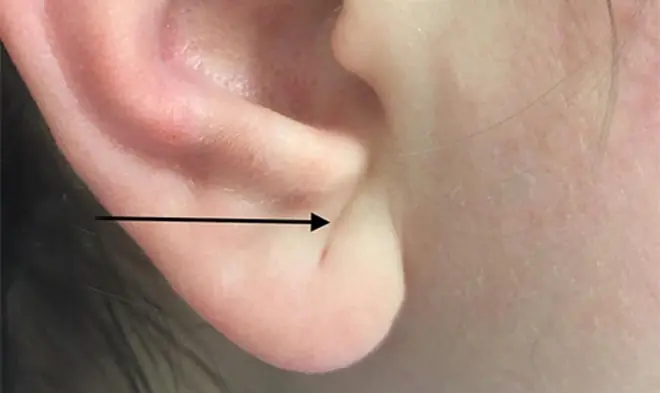
News in the same category


3 Fruits That May Harbor Parasites – Eat with Caution to Avoid Illness
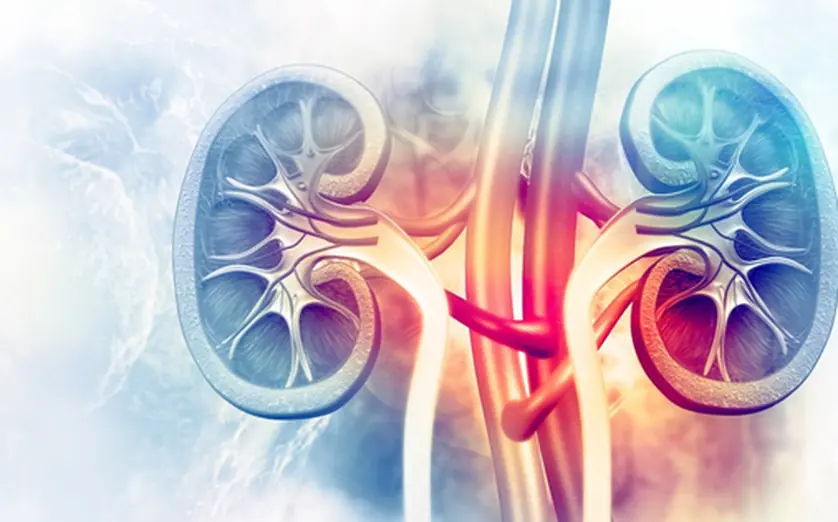
Waking up in the morning and seeing this symptom, be careful your kidneys are starting to fail
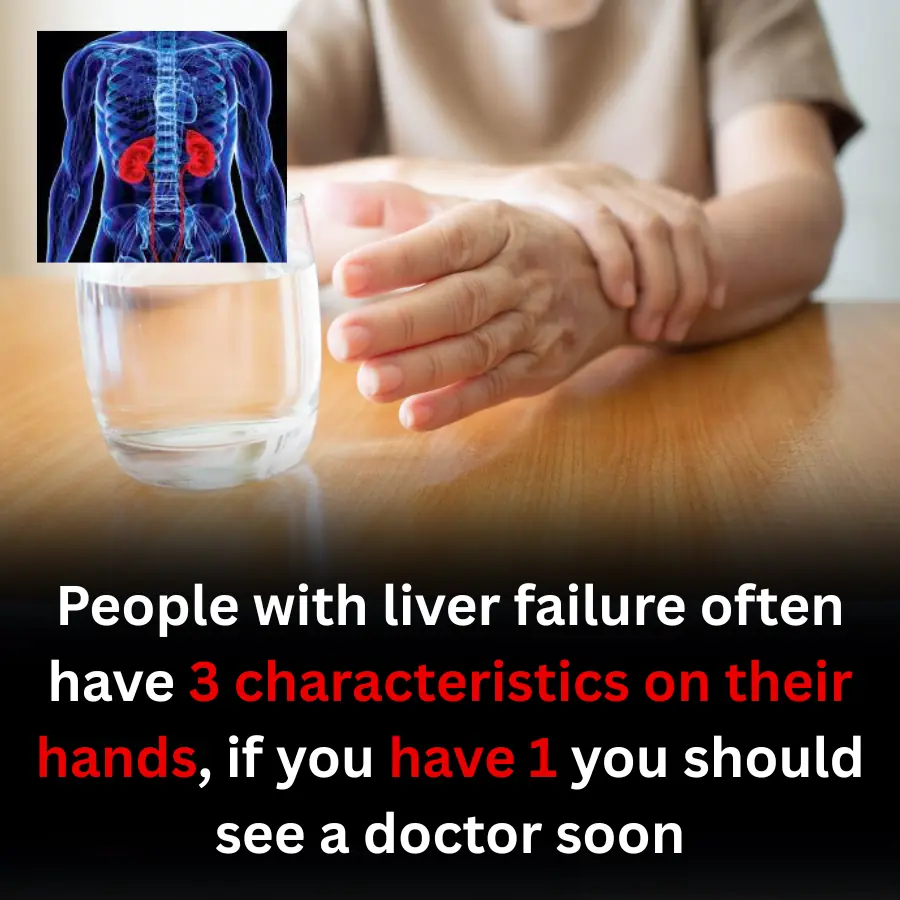
People with liver failure often have 3 characteristics on their hands, if you have 1 you should see a doctor soon

Man with heavy metal poisoning, kidney failure: The "culprit" is something unexpected

The man did not drink alcohol but di,ed of liver failure, the doctor sighed: Eating these 4 dishes every day will ruin even a "steel liver"!

3 Cooling Foods for Summer That Help You Relax and Sleep Better

A Man Who Never Drank Alc.ohol Di.ed of Li.ver Failure — Doctor Sighs: "Even an Iron Li.ver Would Fail if You Eat These 4 Foods Daily!"

7 wa.rning signs you should stop drinking coffee immediately

Not everyone knows about this leaf
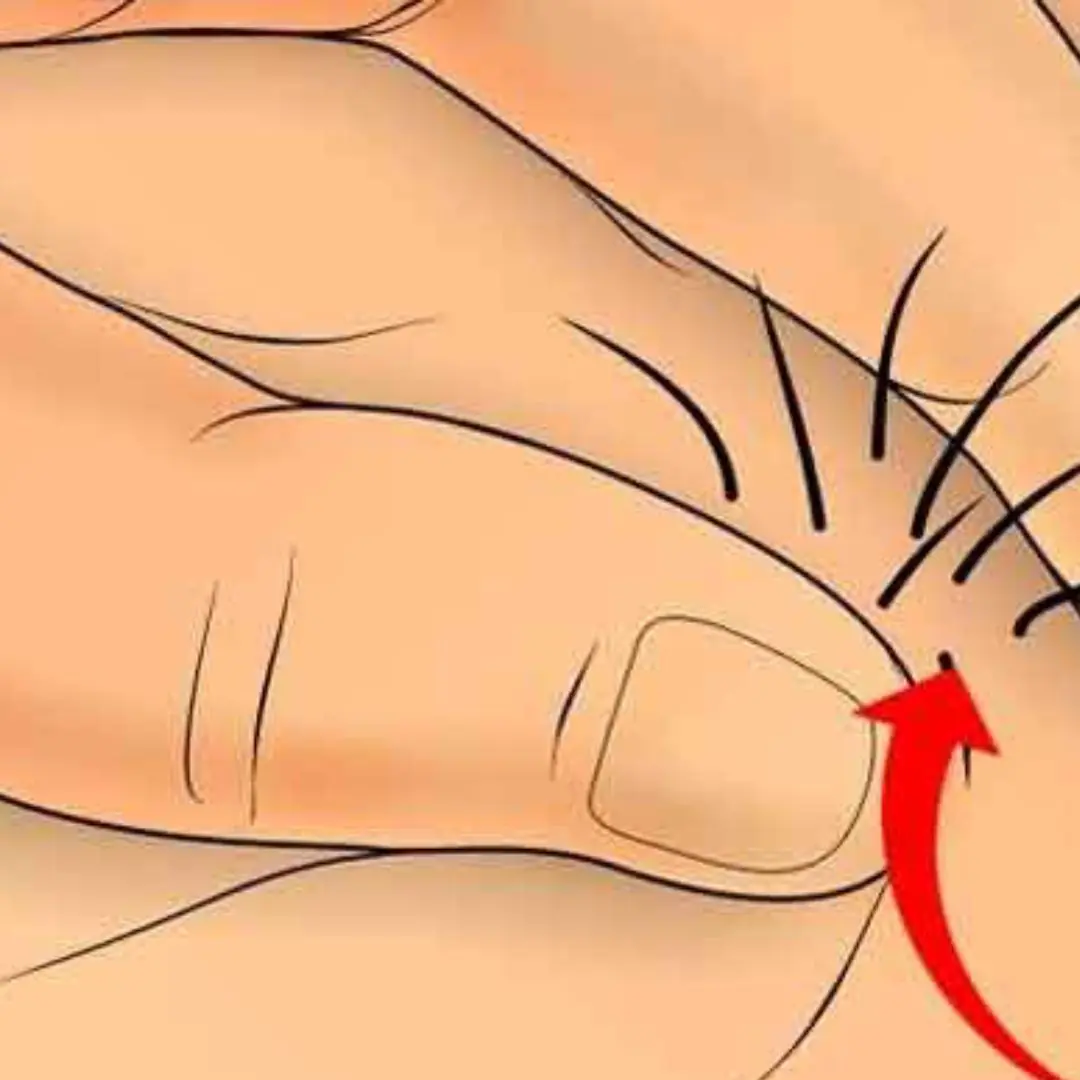
Is it okay to have hair growing in the a.n.us? Experts explain.

5 food and drink combinations that are good for both the liver and kidneys

Doctors rate this as "the best fruit of the 21st century", better than ginseng, people grow a lot of it in the corner of their garden but rarely eat it.
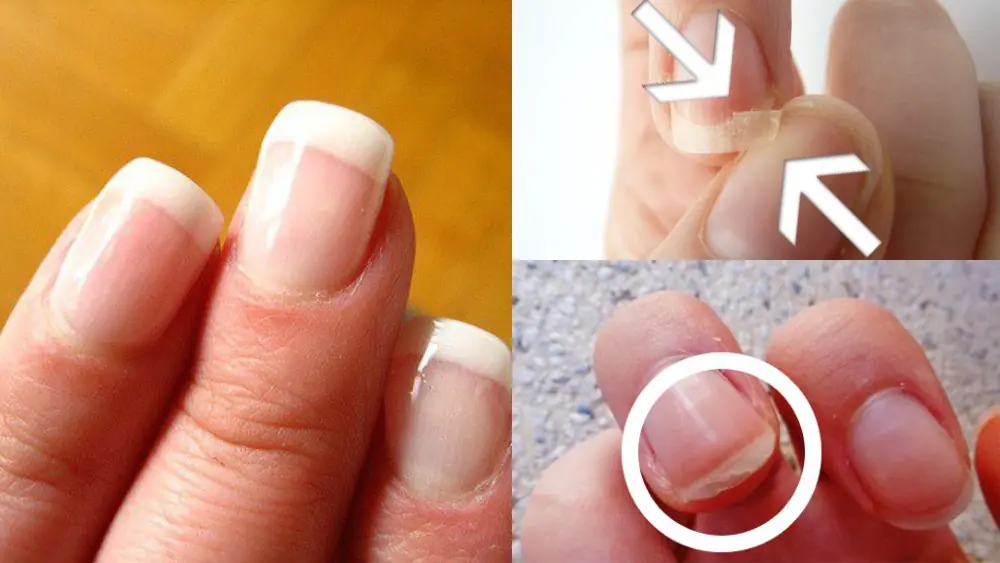
Look at your nails to detect health problems

One Thing Most Stro.ke Victims Have in Common: Are You Living at Risk of Cerebral Infarction?
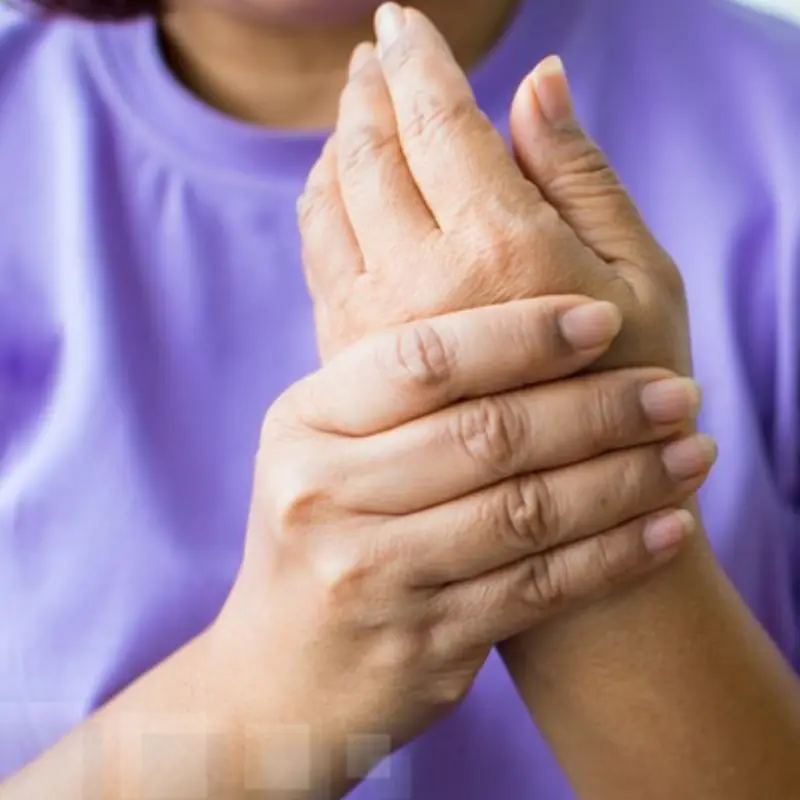
Suddenly Suffering a Stroke After Waking Up, the Woman Regrets a 'Critical' Mistake She Made Six Months Ago

Waking Up at This Hour Every Day May Signal Lu.ng Damage — See a Doctor Immediately if You Also Have These 6 Symptoms

Top foods to absolutely avoid at night if you don't want to affect your health
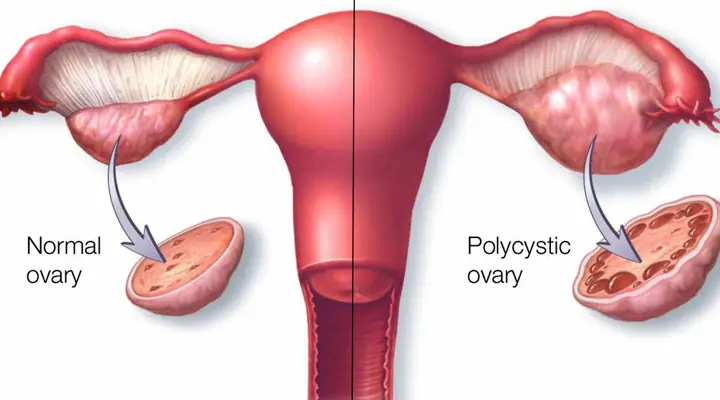
Eat 6 things to help women detoxify their ovaries and prevent gynecological diseases
News Post

How to clean sink drain easily

5 effective liver de.tox drinks to have before bed

Experts Warn of Rising Bird Flu Th.r.eat: Could Avian Influenza Become the Next Pa.nd.emic?

Whistling Dick's Christmas Stocking

3 Fruits That May Harbor Parasites – Eat with Caution to Avoid Illness

5 amazing health benefits of black bean water

4-year-old boy suffers from diabetes, mother bursts into tears after doctor says: "It's all in the family"

Waking up in the morning and seeing this symptom, be careful your kidneys are starting to fail

People with liver failure often have 3 characteristics on their hands, if you have 1 you should see a doctor soon

Man with heavy metal poisoning, kidney failure: The "culprit" is something unexpected

The man did not drink alcohol but di,ed of liver failure, the doctor sighed: Eating these 4 dishes every day will ruin even a "steel liver"!

Christmas at Red Butte

3 Cooling Foods for Summer That Help You Relax and Sleep Better

Tips to Choose Fresh Beef and Avoid Fake, Frozen, or Water-Injected Meat: Pick the Right Cut for Each Cooking Method

A Man Who Never Drank Alc.ohol Di.ed of Li.ver Failure — Doctor Sighs: "Even an Iron Li.ver Would Fail if You Eat These 4 Foods Daily!"

3 Types of Fruit Full of Parasites — Be Careful or You Might Get Sick

Amazing benefits of banana peels for gardening

The Moonlit Road

Gentlemen: The King!
